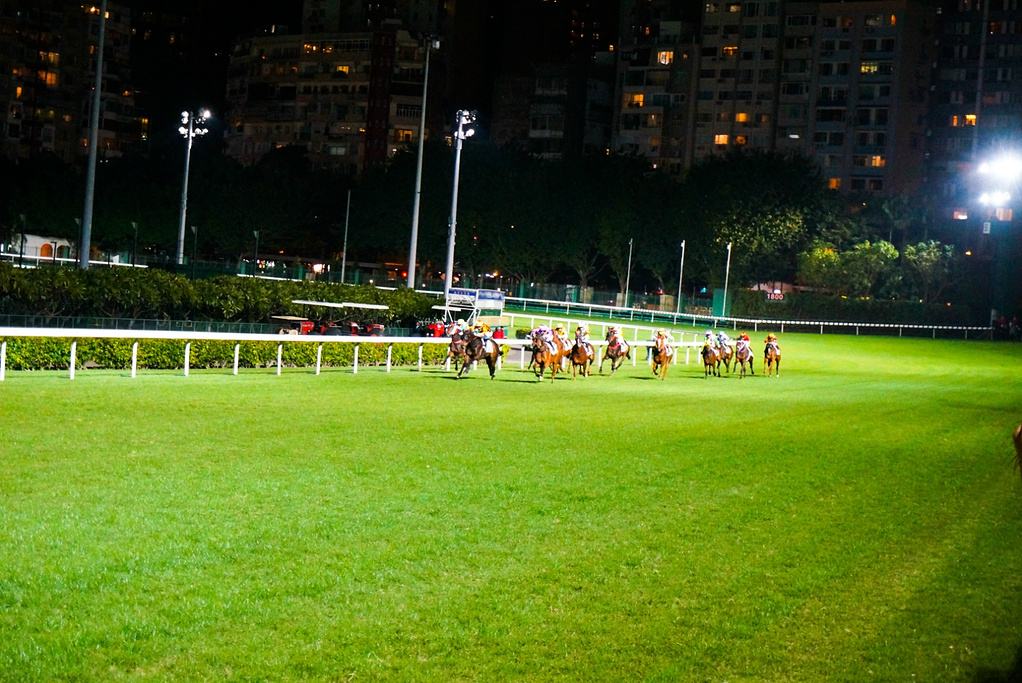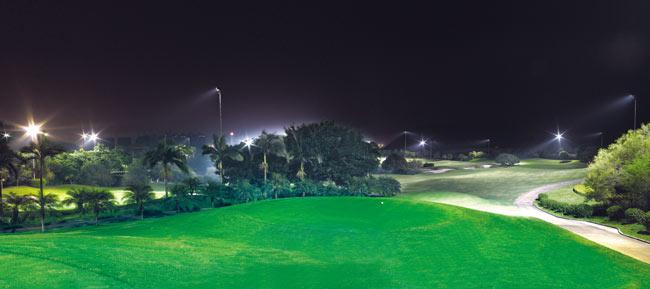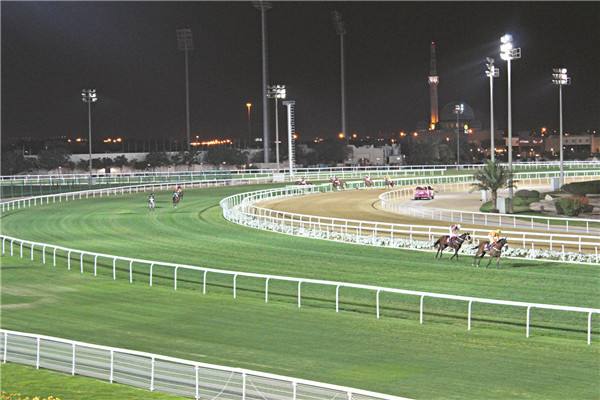type of Horse Racing
Horse-Racing on Flat Land
Flat land horse racing is one of the mainstream competitions in the world, and later types of competitions will appear in most countries in the world that develop horse racing. Usually the race distance is from 1000 meters to 2400 meters, but there will be longer and short races. The International Horse Racing Federation classifies five types according to the SMILE system.
The site consists of the most common grassland and mud events in North America as the mainstream. In addition, there are also all-weather runways that have been artificially modified to resemble mud. And there are also sand games with fiber sand.
Jump hurdles
Hurdle jumping is a race that requires the owner to skip a specified number of hurdles. This event also developed in the UK and expanded to the world. The distance is usually farther than a flat race, and the shortest race is already over 2000 meters. The venue is similar to flat horse racing, and the main competition is grass. In addition, because the horse jumps the hurdle, if the footwork is not suitable, it is easy to be injured when jumping, and the horse will be destroyed humanely.
Carriage race
Horse-drawn carriage races became popular in the nineteenth century. In most countries such as continental Europe (excluding the United Kingdom and Ireland), horse-drawn carriages are regarded as mainstream races, and their popularity is higher than flat horse races. The horses used are standard race horses (ancestors are Thoroughbred horses), the grounds are mostly mud, and the distance is about one to two miles.
other
Around the world, there are endurance horse races that are longer than flat races and are one of the competitions of the International Equestrian Federation. In addition to using thoroughbred horses, Arabian horses mixed with thoroughbred horses and even thoroughbred Arabian horses will be used for competition.
Horse racing around the world
Horse racing in North America
In the United States, thoroughbred races are generally held on flat dirt roads or grass; other racetracks hold quarter-mile horse racing, horse racing, or a combination of these three types. Competitions with other breeds of horses, such as Arabian horses, are relatively rare. Thoroughbred races in the United States have a variety of distances, the most common is from 4.5 Hualang (905 meters) to 1.5 miles (2414 meters); according to this situation, breeders of thoroughbred races can raise horses Make it win in a certain distance.
The traditional hot spot for horse racing in the United States is the Kentucky Derby. Together with the Pride and Baymont trophies, they form the three-year-old American triple crown. However, in recent years, the Breeders’ Cup held at the end of the year challenged the triple crown competition at the beginning of the year and became the decision maker of the 3-year-old horse race champion. They also have an important influence on the selection of other annual champions.
The corresponding standard horse racing competition is the horse breeding championship. There are also three horse racing titles against Pacers and Trotters.
Horse betting in the United States is recognized and managed by the state government. It has almost always been legally recognized betting. In the American thoroughbred races, horses, jockeys and trainers have their own hall of fame.
When horse racing enthusiasts and the media focus on the horse’s performance, the male stallion, or its success as a male without exception, they pay little attention to the breeding mare. Take the example of La Troienne. She is one of the most important mares of the 20th century. Many of the greatest thoroughbred champions and champions’ ancestors are related to her.
The most famous horse from Canada is the Northland dancer and his son Nizhnsky who went on to become the most successful thoroughbred stallion after winning the Kentucky Derby and Prikones Prize Race. In Canada, horse racing is a more popular horse racing sport than thoroughbred races. In Toronto, the Queen’s Day Racecourse, the main thoroughbred race in Canada, and the North American Cup, the main Canadian horse-racing race, are the only racetracks in North America. Thoroughbred horses and racecar races are held at the same Staged in the sky. Among all the horse racing races in Canada, the North American Cup has the highest prize money.
Horse racing in Oceania
In Australia, the most famous horse is Phar Lap. However, this kind of horse comes from New Zealand, such as Cardigan Bay. A Pacing horse was a great success in the highest level of bridle races in the United States in the 1960s. In Oceania, horse racing events like the Melbourne Cup have achieved great success and have recently attracted the entry of many international organizations. The most famous jockey is Yue Lihua.
European Horse-racing
United Kingdom
The United Kingdom is the birthplace of modern horse racing. The most important events include the British Triple Crown Tournament for 3-year-old horses, including the 2000 Guineas, Yessendapyr and St. Rich. The other major trophies are the King’s Championship, the British Championship, and the July Cup. As for the obstacle course, the British obstacle course is the most eye-catching.
Ireland
Since Ireland left the United Kingdom, it still has a close relationship with the United Kingdom. The results of jockeys and trainers are calculated together with the United Kingdom and Ireland. There are many famous jockeys and trainers based in Ireland, such as Jin Neng, Modi, and Yue Boren.
France
France was influenced by its neighboring Britain, and the 19th century began to prosper. In terms of flat races, the most prized race was the Arc de Triomphe, the hurdle race was the Paris obstacle course, and the horse-drawn carriage race was the Americas. Famous jockeys include Xian Martin, Hurd, Xian Yili, Wu Siyi and so on.
Germany
The prize money for horse racing in Germany is lower than that of Britain, France and Ireland. The highest prize money for the flat race is the German piping. As for another important flat race, the Baden Competition also attracts horses from neighboring European countries.
Italy
The famous Italian horse racing festival is Palio di Siena. Although horse racing in Italy is not a mainstream sport, it has produced excellent horses in flat races and horse racing, and is well-known in the horse world.
Three Nordic countries
In Denmark, Norway and Sweden, horse-drawn carriage races are predominant.
Asian horse racing
China Mainland
There was also horse racing in mainland China. Since the Manchu Qing Dynasty in 1850, there have been 12 horse racing clubs in Shanghai, Tianjin, Beijing, Hankou, Qingdao, Kaifeng, and Tangshan. Among them, the Shanghai Jockey Club and Tianjin Jockey Club were the larger race clubs at that time.
After the founding of the People’s Republic of China, horse racing was banned by the government because it involved gambling. Horse racing is currently held in Wuhan, and it is currently held in the form of a club. At present, there are speed horse racing events in the National Games and the National Games.
Hong Kong
Since Hong Kong Island was ceded to the British colony by the Nanjing Treaty, horse racing started at Happy Valley Racecourse for the first time in 1846. Stallions were first used to compete, and Australian horses were later introduced. After the establishment of the Hong Kong Jockey Club in 1884, the scale of horse racing began to expand. By the 1960s, the use of thoroughbred horses was uniformly prescribed.
Since the first Hong Kong international race was founded in 1988, the level of horse racing has been continuously improved, and horse owners are willing to spend money to import more powerful horses. The Hong Kong International Race held in December every year attracts first-class countries in flat horse racing. It is the 2000-meter race with the highest prize money in the Hong Kong Cup. The most famous jockey is Gu Tony.
UAE
The United Arab Emirates held a horse race in 1990 and officially invited horses from all over the world to participate in 1996. The key event is the Dubai World Cup race day. In addition, horses from all over the world can freely participate in the Dubai International Horse Carnival. During the European flat race rest day, from European trainers will also consider playing in Dubai. The highest prize money competition for horse racing is the Dubai World Cup. Due to local legal restrictions, gambling is not allowed.
Lighting Standard of Equestrian Court
The size of the arena
According to experts, the minimum size of an ordinary racecourse should not be less than 18m in width, and the internal height ranges from 4.8m to 5.5m, until the ground reaches the highest point of the truss. The recommended racecourse dimensions are as follows: width 24m x length 60m, width 18m x 36m.
The rider’s line of sight is usually between 2m and 2.5m above ground level, and it may increase significantly when jumping. This should be considered when determining the installation height of the lights, and the light poles should be placed symmetrically around the stadium.
Installation height of lamps in the racecourse
If you want to participate in group riding or training, it is recommended to use a longer indoor sports field. On a covered racetrack, the most common height is 5 meters. But for jumping, we usually recommend an additional 60 cm, or 5.4 meters.
What is the recommended lighting level for the outdoor riding arena?
The choice and location of lighting depends on the size and purpose of the racecourse. The lighting standards for private racecourses are recommended to be distinguished from those for commercial racecourses. Lumens is a measure of light output and can provide you with information about the perceived brightness in a space. On average, private stage lighting is 315 or rounded to 330 lumens per square meter. In commercial racecourses, the average illumination has jumped to more than 550 lumens per square meter. These suggestions come from our colleagues who are not lighting experts. Please consult lighting experts based on the size of your arena to further answer your questions.
Why choose Tachyon equestrian lighting
Our LED lamps are designed and manufactured with the latest technology, and only use high-quality components to achieve the highest light efficiency and the longest service life. We are full of confidence in each of your projects because we have more than 20 years of experience in the lighting industry. Our experts make it easy for you to get the right product for your project, saving you precious time and money.
Our experienced team of experts can help you purchase suitable LED lamps and apply them to suitable locations and arenas. One-stop supply of all the lighting equipment you need, thus saving you precious time and money. There is no need to replace bulbs or ballasts, which can reduce expenses and save maintenance costs.
Our interior lighting designers use the most advanced technology to achieve the right illuminance for your horse farm. We strictly follow the lighting standards of the racecourse and use a reasonable number of lamps to achieve the best lighting effect for each racecourse of each customer.
What makes Tachyon an industry leader
Tachyon LED lamps are manufactured in consideration of customer needs. When you buy a lamp from us, you will know that the product is designed in accordance with industry standards and is durable. LED lighting is what we do best, and we want to make sure that you have the best products and support for the project. More than 300 customers are currently enjoying the benefits of our high-quality LED lamps. Our overall advantages are as follows:
*Complete design and engineering services
* 80% energy saving
*Fast shipping option
*Product selection guide
*Provide trade pricing and volume discounts
*Complete lighting components, from anchor bolts to fixtures



